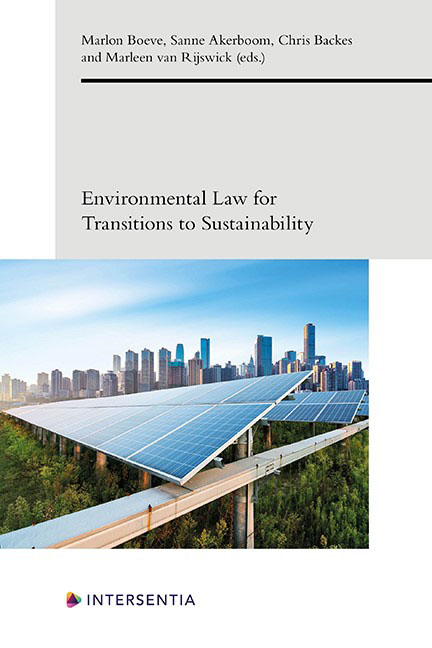A Comparative Analysis of the Selection of Species and Establishment of their Natural Habitats in the US and the EU: Protecting Nature from People
Published online by Cambridge University Press: 11 November 2021
Summary
INTRODUCTION
Legislation to conserve biodiversity is notoriously difficult to implement. The legislation tends to be enacted with high ideals and aspirations. As soon as its implementation threatens economic interests, however, opposition begins as people affected by it perceive or experience threats to their livelihoods. The opposition is typically followed by demands that conservation interests should give way to economic interests. In turn, this is followed by a weakening of the legislation.
This contribution illustrates the above sequence of events by examining the Endangered Species Act (ESA)in the United States (US) and the Birds Directiveand the Habitats Directivein the European Union (EU). The examination shows that whereas the Directives have withstood most of the challenges to them, the ESA has been less successful in doing so. The chapter analyses one key reason for this difference in effectiveness: differences in the processes for selecting species to be protected by the legislation and the way in which their natural habitats are established.
Finally, the chapter briefly examines the future of the ESA and the Directives. Whereas the European Commission published a plan in May 2020 to improve the effectiveness of the Directives, revisions to the regulations under the ESA in 2019 reduced its effectiveness, although the revisions may well be reversed.
ADOPTION OF CONSERVATION LEGISLATION
The US is a world leader in enacting legislation to protect endangered species, in particular the ESA in 1973. The ESA was followed by the EU about six years later.The legislation in both jurisdictions was idealistic and aspirational; measures to protect threatened and endangered species and the prohibition of actions that could lead to their extinction were to be carried out regardless of their socio-economic effects. In short, the legislation was enacted to protect nature from people.
The ESA became law on 28 December 1973 when it was signed by President Nixon following a 356 to four vote in the US House of Representatives and a unanimous vote in the US Senate.
- Type
- Chapter
- Information
- Environmental Law for Transitions to Sustainability , pp. 207 - 222Publisher: IntersentiaPrint publication year: 2021



